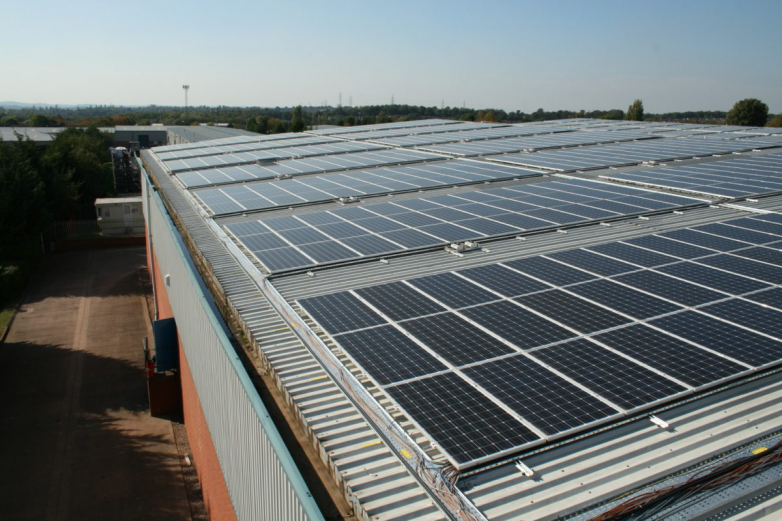The arrangement and requirements of solar panels depend on various factors, including the available space, the specific solar panel technology, the energy requirements, and the location’s solar irradiance. Here is a general guide to the arrangement and requirements of solar panels:
- Orientation and Tilt: Solar panels are typically installed facing south in the northern hemisphere and north in the southern hemisphere to maximize sunlight exposure. The tilt angle of the panels is usually set to optimize the annual energy yield based on the specific latitude of the installation location.
- Spacing and Mounting: Proper spacing between solar panels is essential to prevent shading and maximize energy production. Mounting structures such as ground mounts, roof mounts, or pole mounts are used to securely attach the panels at the desired tilt angle and orientation.
- Shading Considerations: It’s crucial to avoid shading on the solar panels as it significantly reduces energy output. Therefore, the placement of panels should consider potential obstructions such as nearby buildings, trees, or other structures that could cast shadows on the panels during peak sunlight hours.
- Inverter and Electrical Requirements: Solar panels are typically connected in series or parallel configurations to create strings, and these strings are then connected to a solar inverter. The inverter converts the direct current (DC) generated by the panels into alternating current (AC) that can be used to power electrical devices or fed into the grid.
- Local Regulations and Permits: Before installing solar panels, it’s essential to check local regulations and obtain the necessary permits. Some regions have specific guidelines regarding the installation of solar panels, including restrictions on the size and placement of the system.
- Maintenance Access: Consideration should be given to ensuring easy access for maintenance and cleaning of the solar panels. Regular cleaning is essential to maximize energy production, especially in areas prone to dust, dirt, or pollen.
- Structural Integrity: The surface on which the solar panels are mounted must be structurally sound to support the weight of the panels and withstand environmental factors such as wind, snow, and rain.
- Monitoring and Control Systems: Implementing monitoring and control systems can help track the performance of the solar panels, detect any issues, and optimize energy production. These systems often provide real-time data on energy generation, allowing for prompt maintenance if necessary.
By considering these factors, one can ensure an optimal arrangement and installation of solar panels, leading to maximum energy production and long-term system efficiency.


